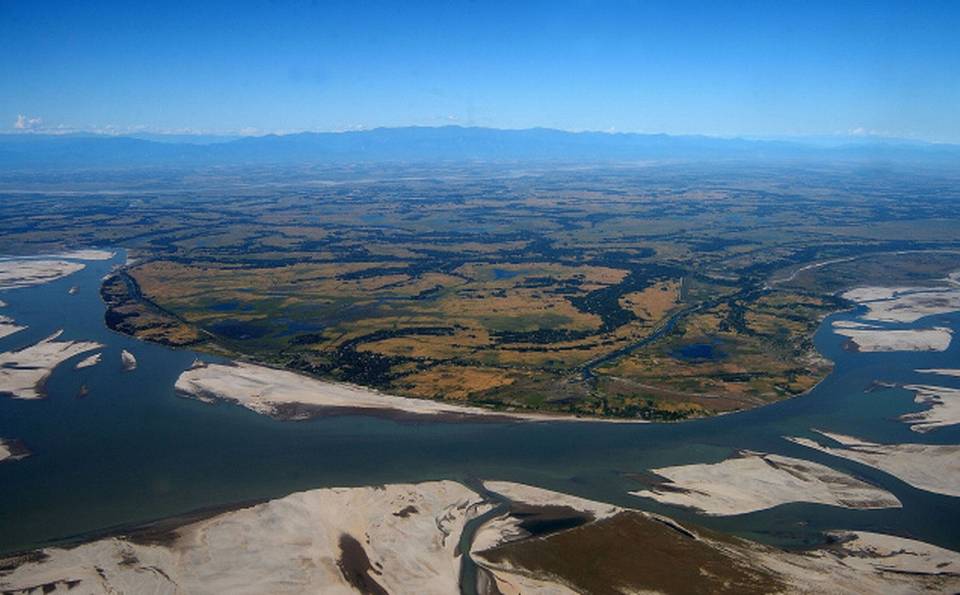
Largest riverine islands of Asia
Travel and Leisure

893 views
0 likes
You will need to sign in before you can comment or like.
The frequent earthquakes, during the period of 1661-1696, lead to the catastrophic flood in 1750 that lasted for 15 days, resulting in the formation of the Majuli Island. The Majuli Island is a delta that is formed by rivers including Brahmaputra. The island stretches over 875 Sq. km at 85-90 m above the mean sea level. Among the 243 villages, 210 are Cadastral Villages (villages from which revenues is collected by the government) and 33 are Non-cadastral villages (mostly resettled or rehabilitated villages which got shifted due to flood and erosion). The inhabitants are expert navigators by boat. It is a wetland that harbours many rare and endangered avifauna species including migratory birds namely, the Greater Adjutant Stork, Pelican, Siberian Crane and the Whistling Teal. The lack of polluting industries and factories and also the chronic rainfall has collectively preserved its pollution-free environment.
The dwellers of Majuli are mostly of the ‘Missing’ tribes from Arunachal Pradesh who immigrated here centuries ago. Languages spoken here are Mising, Ahomia, and Deori. The Majuli Island has a rich and diverse agricultural tradition, with as many as a hundred different varieties of rice grown without using pesticides or artificial fertilisers. Handloom is the major non-commercial occupation. In their traditional weaving, they employ a variety of colours and textures of cotton and silk (especially Muga silk). Nongkhnum Island is the 2nd largest river island in Asia and is situated in Meghalaya. Spanning an area of 25 sq km, the island was formed by the bifurcation of the Kynshi River into the Phanliang and Namliang rivers. There is a sandy beach named Wei-Phanliang, which covers an area of 100 sq. m The Island is featured with big trees, grassland areas and natural playground for playing football and golf. Nongkhnum is endowed with magnificent perennial falls namely Weinia Falls in the northern side, Thum Falls in the southern side and Langshiang Falls on the western side. A variety of fishes is found in the pool at the bottom of the falls. The wooden bridge over the Weinia Falls connects the Island to the main land.
Comments